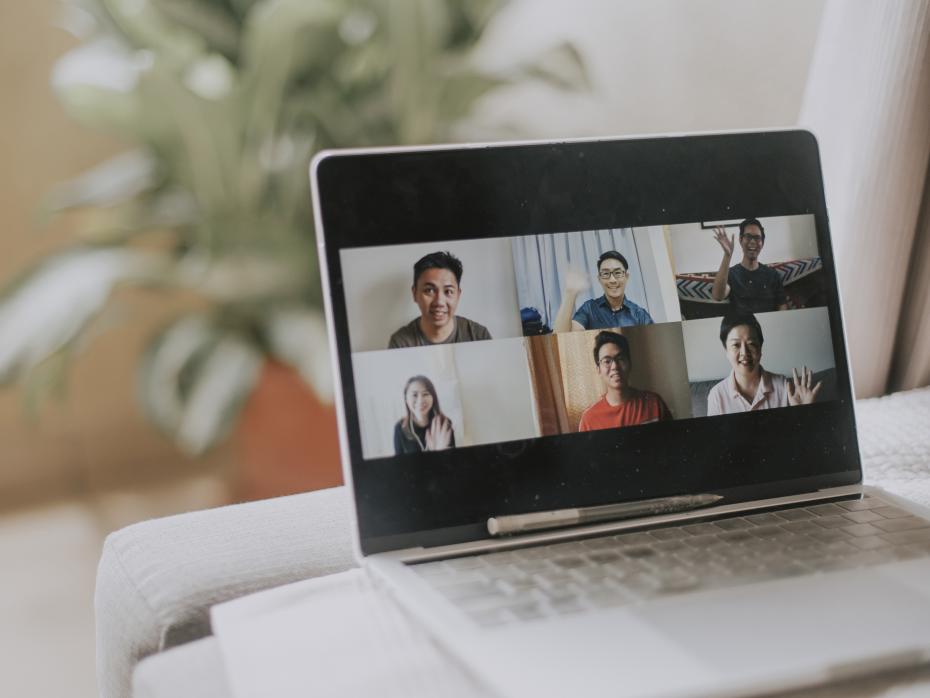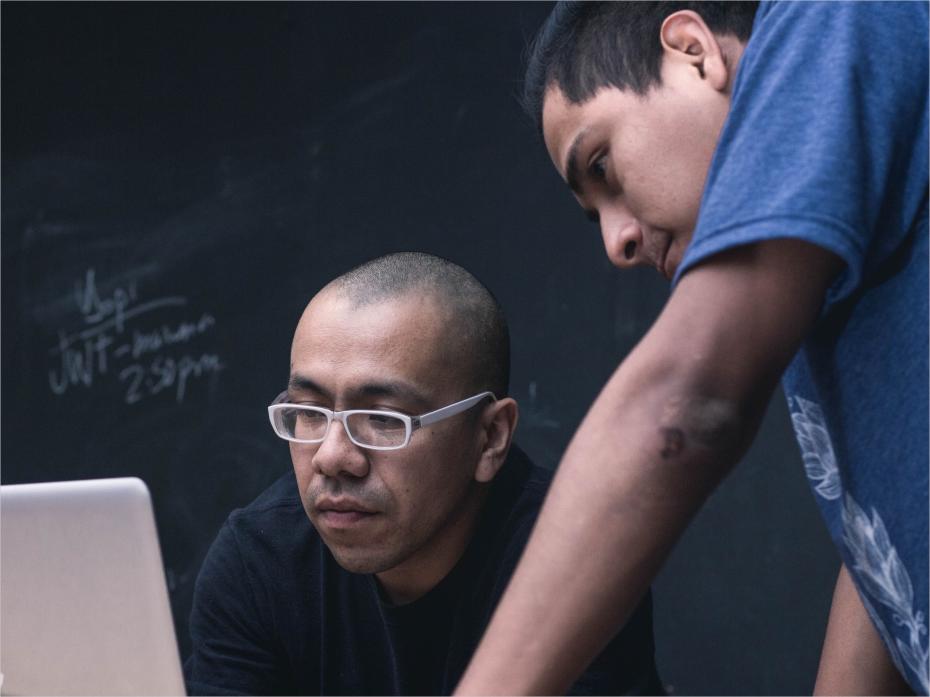
You said, we did – now what? Why student voice initiatives need a rethink

UK higher education institutions (HEIs) spend a lot of time and energy demonstrating that they are invested in the “student voice”. Largely, this means setting up systems where students can give feedback on their courses. The fruits of this labour are often publicised in “you said, we did” communications in end-of-year reports, handbooks for incoming students and departmental poster campaigns.
The pitfalls of such strategies are widely documented. Common concerns include limited engagement from the larger student body, meaning that only certain voices get heard, and discrimination against tutors when the process becomes marred by bias. We cannot cover every criticism levelled at student voice initiatives here, so instead we wish to draw attention to a particular concern we share over the “you said, we did” ethos.
What do we mean by the “you said, we did” ethos? This refers to the increasing emphasis we see on formal communication channels where students are encouraged to give their views on teaching and learning for university management to act upon with maximum efficiency.
- Tips for new lecturers on the human elements that make students feel included
- Beware the pitfalls of making lectures ‘interesting’ and focus on curiosity instead
- Spotlight guide: The practicalities of co-creation with students
Feedback surveys measuring student satisfaction and staff-student consultation meetings are attractive here because the issues students face can be quickly distilled down to action points for future developments. A key risk that comes with such mechanisms, however, is the tendency towards changes that can be easily packaged and publicised rather than those that demand time, resources and deeper consideration. A specific example here would be the increasing expectation that tutors make recorded lecture content available to students.
The provision of recorded lecture content is an interesting but complex issue in HE. While students often say they value having access to such content to prepare and revise, it is undeniable that much additional effort is required from tutors to make this possible. At the same time, it would be difficult for tutors to deny that such content can have value in breaking down barriers for students who might not otherwise have fair access to the curriculum.
From the confines of the “you said, we did” ethos, a university might be tempted to guarantee that a certain amount of tutor-generated lecture content will be recorded for every module and made available for students to access online “on demand”. However, we argue that a rush to provide students with neatly packaged sets of solutions to the challenges they face may actually limit more creative classroom engagements between tutors and students that might help them pioneer their own useful practices. Here, with the example of recorded lectures in mind, we suggest three alternative ways in which the undoubted power of the student voice might be more effectively harnessed:
1. Consensus-building through the development of shared understanding between tutors and students
If students do not understand why some of their classes are in-person only while others are pre-recorded, then requests to engage with one format instead of another may seem arbitrary. If students have an opportunity to discuss why certain content is pre-recorded (for example, it is essential for assessment revision) while other content is delivered in-person (for example, to permit more sensitive classroom discussions), then they are more likely to consider the educational value of certain formats when communicating their views on their learning experiences. We suggest that tutors invest in communicating the reasons they have for adopting certain learning and teaching practices from the outset.
2. Spaces where students and tutors can engage in playful activities that push the boundaries of the established curriculum
If a key focus of recorded lectures remains confined to standardising the amount of content students receive (contact hours), this sidelines opportunities for students to become involved in content generation themselves. Whereas supporting students to engage in more open-ended activities – such as curating playlists of guest talks, lectures and documentaries – can represent a valuable opportunity for students to make deeper personal connections to the curriculum, which, in turn, may inspire their tutors’ future practice.
3. Clarifying the challenges; raising the important questions
Students may express dissatisfaction if recorded lectures are discontinued in favour of on-campus-only delivery. While it might be tempting to dismiss such views, especially in cases where students had previously expressed a preference for on-campus delivery, we argue that expressions of discontent can represent a useful starting point for further deliberations. Supporting students to craft follow-up questions based on the issues they have raised with tutors represents a useful step towards negotiating future practices of what “inclusive” education may look like. After all, there are still many important debates to be had about the value and limits of pre-recorded lecture content.
We have used but a single example to demonstrate how HE practice in relation to student voice can break free from the current confines of the “you said, we did” ethos and move towards a deeper engagement. Student voice would be better served by accepting that neither tutors nor students are endlessly manipulable by feedback surveys, consultation processes and action plans. This is by no means a sustainable way of working. Instead, we should engage more seriously with the idea that student voice is not just something that happens after interactions with tutors outside the classroom but is something that can also be generated through relationships that are built between tutors and students within shared learning encounters.
Claire Kinsella is a lecturer in education at Leeds Beckett University. She specialises in social and psychological aspects of learner engagement.
Linda Kaye is a reader in psychology in the department of psychology at Edge Hill University. She specialises in cyberpsychology, which broadly relates to the psychology of online behaviour.
If you found this interesting and want advice and insight from academics and university staff delivered direct to your inbox each week, sign up for the THE Campus newsletter.


